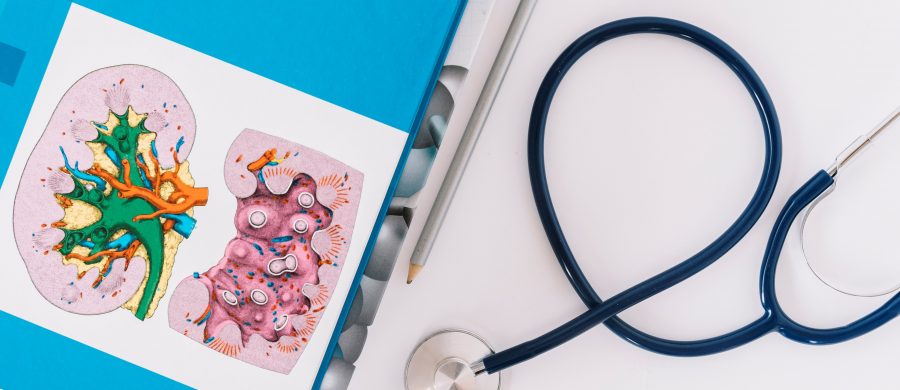There are two blood vessels leading from the abdominal aorta to the kidneys. The renal artery is one of these two blood vessels. The renal artery enters through the hilus, which is situated where the kidney curves inward into the concave shape. The renal artery and the renal vein pass through this hilus. The flow of oxygen-enriched blood passes through the renal artery, which the heart pumps to the kidneys in order to be filtered. After that process is finished already filtered blood is delivered back to the heart by the kidneys.
Under normal circumstances, once the renal artery enters through the hilus, it divides into two main branches, which then divide into a number of smaller arteries that supply blood to different areas of the kidney known as nephrons. The main structural and functional unit of the kidney is the nephron. The total number of nephrons in both kidneys is about 1-2 million. A normal person’s kidneys receive approximately a quarter of the heart’s blood, or 1.2 liters of blood, every minute. The body has self-regulating mechanisms that increase or decrease blood flow to adapt to stress. Receptors located in the smooth muscle wall of the renal artery allow the arteries to dilate or contract in order to compensate for the high or low blood pressure.
Due to its vital function, which includes constant contact with toxins, the kidneys are prone to a variety of problems.









